The Internet of Trees – or How Plants Gave Me a Novel
The Internet of Trees – or How Plants Gave Me a Novel
By Margaret Ann Spence
If you are reading this, you are on the internet. We are connecting. In the short thirty years since the internet was invented, we take it for granted. Such an extraordinary explosion of knowledge has occurred because we can connect with the minds of other people instantaneously, no matter where they live in the world.
Our familiarity with the internet has facilitated a shift in our thinking about plants. Scientists in the twenty-first century are beginning to understand that plants, too, communicate. They do so through a network that’s been nicknamed “the wood-wide web.”
Plants communicate through their roots, connected in their turn to mycorrhizal
fungi. These thread-like forms of life —hyphae—are capable of sending toxins to predators and warning their kin of predators nearby, enabling those neighbors to release poisons as well. The net of hyphae is called the mycelium. What you see above ground is the fruiting body of this fungal web in the form of toadstools, mushrooms, and truffles.
Mycelium have had a complicated relationship with humans, Some, sensing people as predators, are poisonous, others don’t mind at all being sauteed with a bit of garlic and butter and finding their way to your mouth. Still others are labeled magic mushrooms for their ability to transport users to a heightened sense of perception.
Whether it’s a good trip or a frightening one, what distinguishes these hallucinogenic experiences seems to be a sense of one-ness with the universe, a sense of community with all living and even non-living things.
That’s what got me interested in the latest research on the communications properties of plants. I became so interested I turned it into a novel, Joyous Lies.
Reading up on some of the more controversial scientific literature, I gathered that some researchers believe that plants actually can learn. A scientist named Monica Gagliano showed that mimosa plants (famously sensitive to touch) would fold up if dropped from a height, just as expected. But if the researcher threatened the drop, but then aborted it, the plants learned after repetition that there was no cause for alarm. Their leaves stayed relaxed. So, if plants protect each other and their young by communicating though the fungal web, they may also learn by experience.
Like a fallen acorn, the kernel of a novel took root in my brain.
Then I had another idea. Going against the grain, rejecting conventional ideas, drove the people who created the alternative communities of the nineteen seventies. I wanted to write about those people. And, because these back-to-nature communes reared children in unusual settings, it made sense to me that those children and grandchildren might ask questions no one else had thought of. So suddenly, I had my two main characters for the book I would eventually call Joyous Lies. They are Maelle, a botanist, and her hippie grandmother, Johanna. Then I added Maelle’s mother, who died in mysterious circumstances. All kinds of questions swirled, keeping me up at night. Humans exploit animals, yet crave their protection. Humans exploit plants, yet love their color, their scent, and need the oxygen they exhale, as well as the vitamins they give us. We need to respect and protect them. We are all connected, every last thing. I felt a great sense of joy as I realized this. But I was writing about humans, and we are flawed and full of lies. The title for this novel came to me in a flash.
I am no scientist, have no access to their scholarship except through my random scrollings through the internet. But the creativity of these scientific researchers fired my own writerly journey. I find it remarkable that literature has always linked the minds of humans, allowing us access to others’ thinking. The web makes that faster than ever. Now we know that plants did it first.
#
Bio: Margaret Ann Spence is an award-winning essayist and writer of women’s fiction. Her novel, Lipstick on the Strawberry, won the 2015 First Coast Romance Writers Beacon Contest, and was a finalist in the 2019 Eric Hoffer Award and the 2019 Next Generation Indie Awards. Joyous Lies is her second novel.
https://www.margaretannspence.com
https://www.facebook.com/margaretannspence
https://www.twitter.com/margannspence
JOYOUS LIES
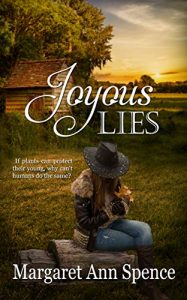
Maelle Woolley, a shy botanist, prefers plants to people. They don’t suddenly disappear. Raised on her grandparents’ commune after her mother’s mysterious death, she follows the commune’s utopian beliefs of love for all. Then she falls for attractive psychiatrist Zachary Kane. When Zachary claims her mother and his father never emerged alive from his father’s medical research lab, Maelle investigates. What she discovers will challenge everything she believes, force her to find strength she never knew she had, and confront the commune’s secrets and lies. What happened to love? And can it survive?
Reviews:
Joyous Lies breathes humanity into the members of an aging hippie commune and the heroine, Maelle, a plant biologist determined to sweep aside the cobwebs of the past and uncover the truth of her mother’s death. -Marylee MacDonald, author of Surrender
Joyous Lies—a tale of family secrets straining the bonds of family love and lost ideals. Spence combines a spellbinding plot with nuanced, rich characters that will reach into your heart and not let go. -Judith Starkston, award-winning author, Of Kings and Griffins
The Wild Rose Press, February 15, 2021
Trade Paperback ISBN 978-1-5092-3472-1
Digital ISBN 978-1-5092-3473-8
Now available for pre-order:
Amazon:
https://www.amazon.com/Joyous-Lies-Margaret-Ann-Spence-ebook/dp/B08RYB34FN
Barnes&Noble:
https://www.barnesandnoble.com/w/joyous-lies-margaret-ann-spence/1138556267
itunes:
http://itunes.apple.com/us/book/isbn9781509234738
https://www.bookdepository.com/Joyous-Lies-Margaret-Ann-Spence/9781509234721?/
Category: On Writing





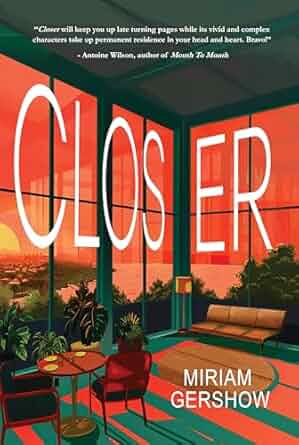




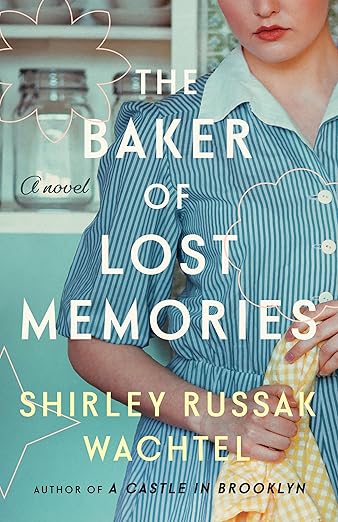
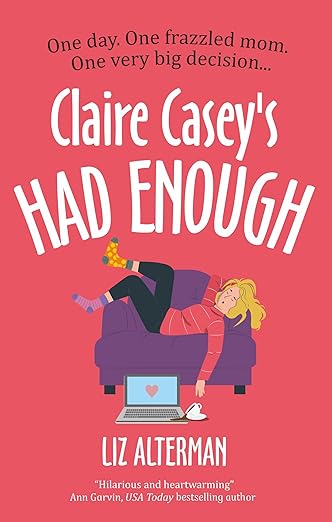
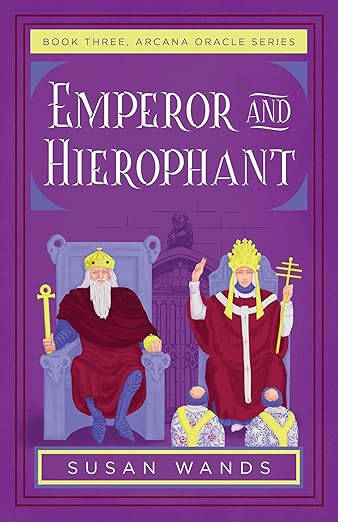
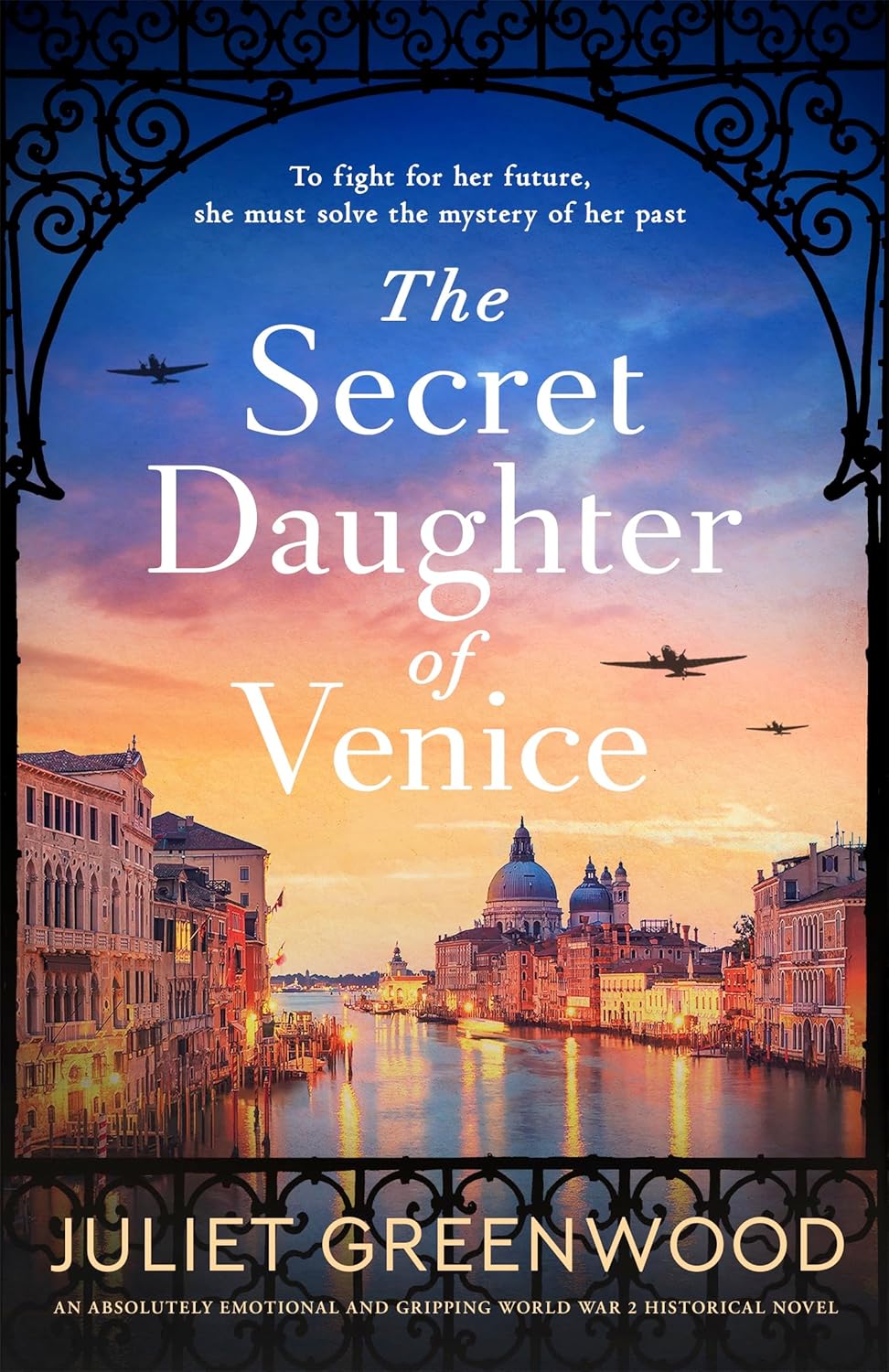


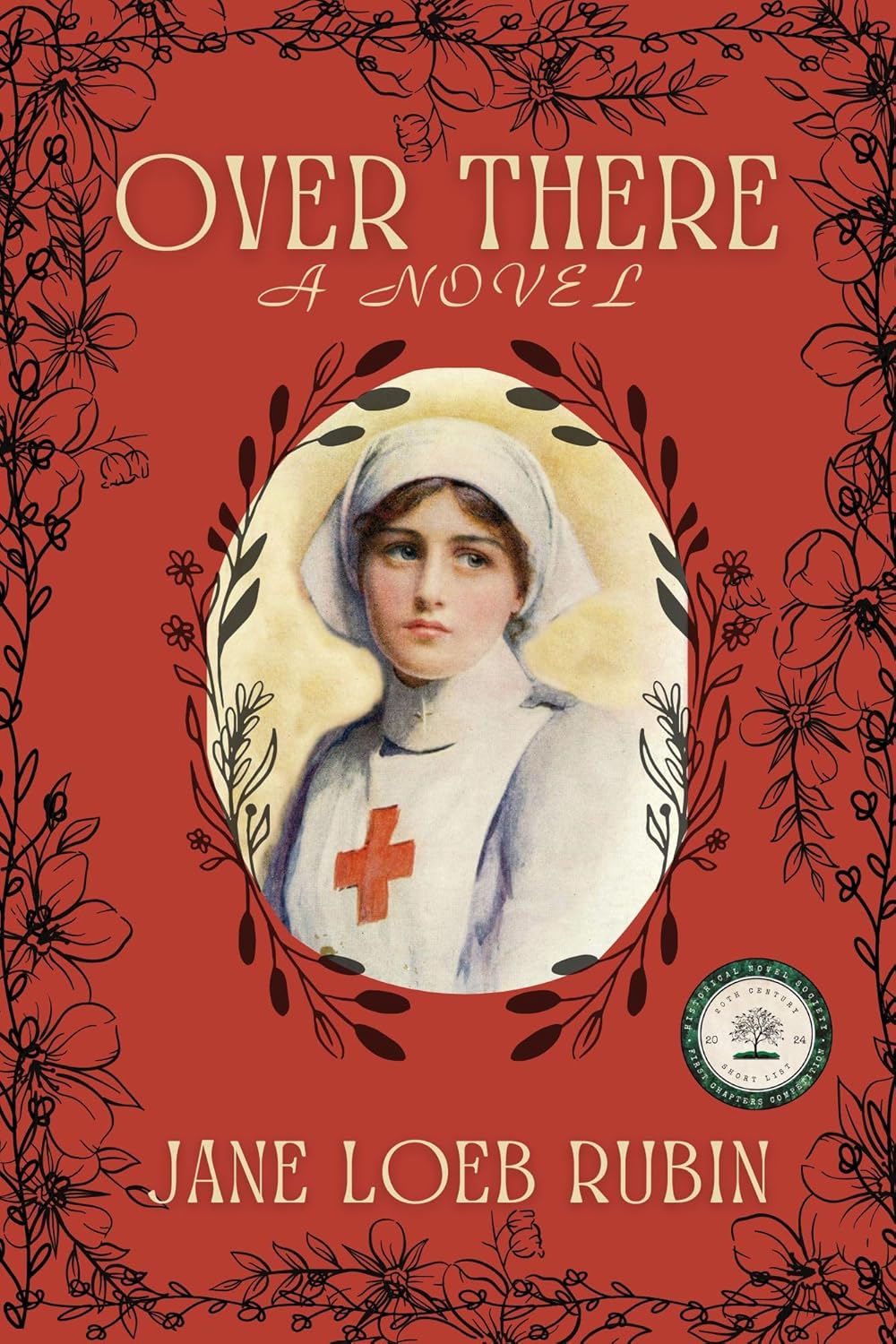



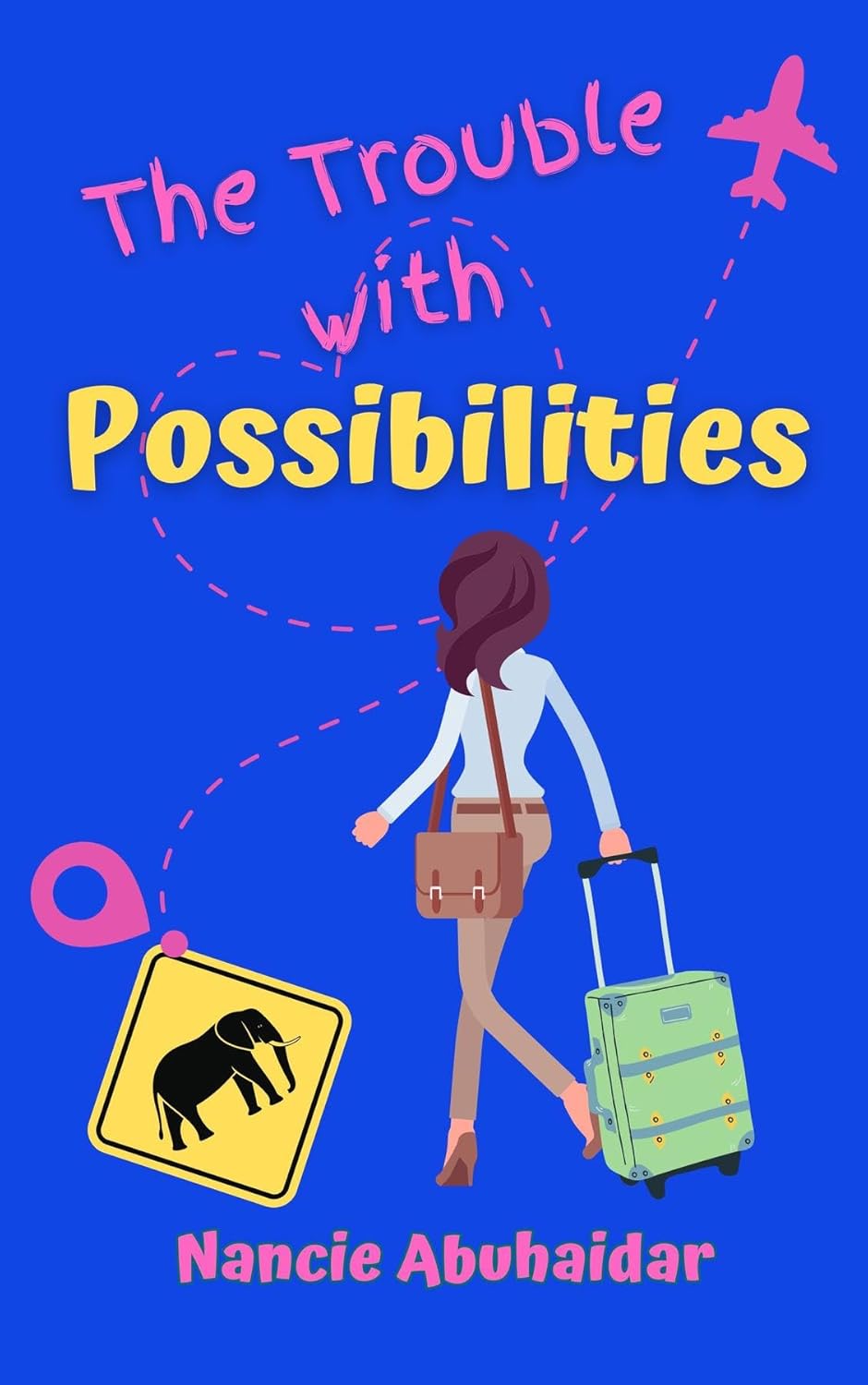

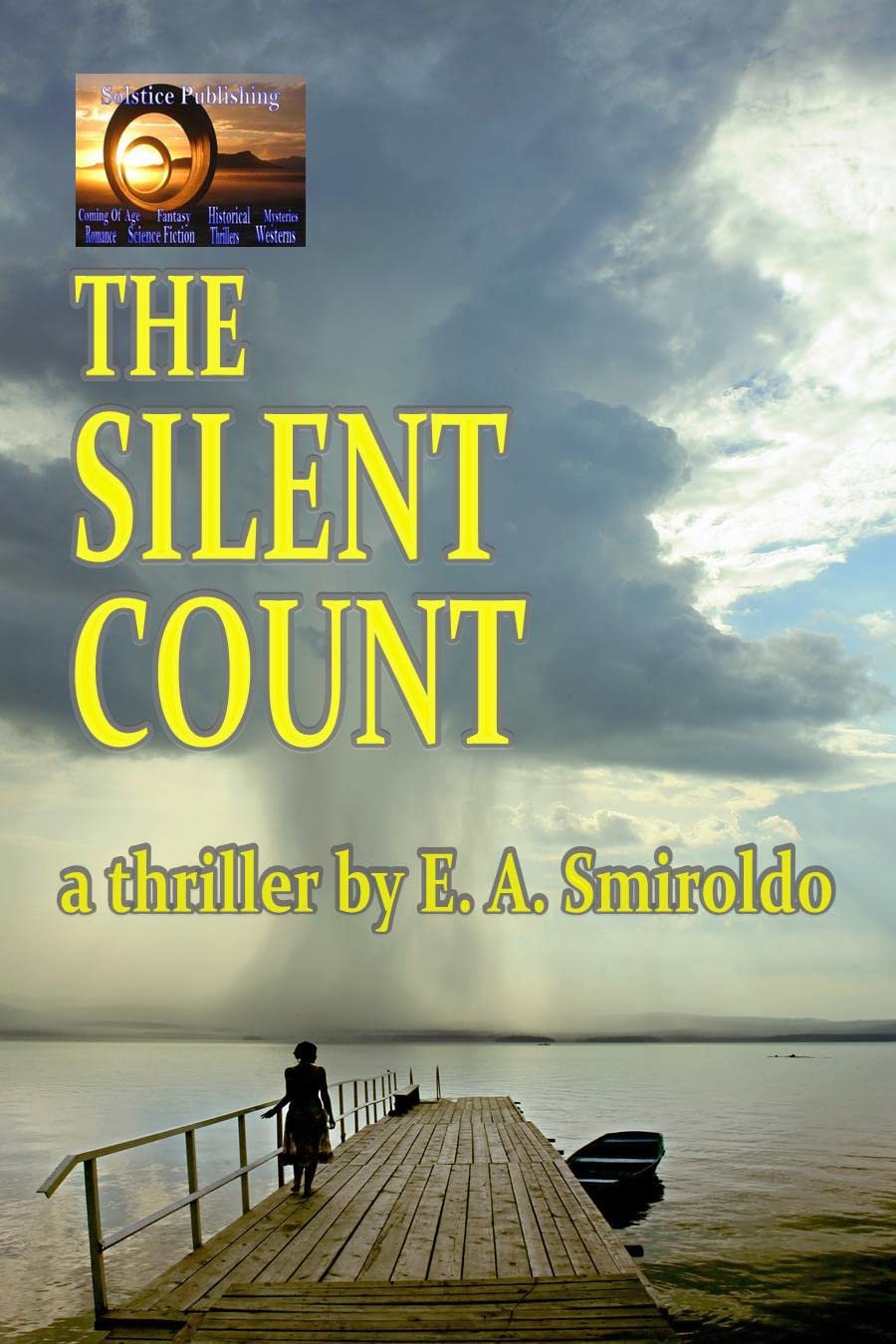


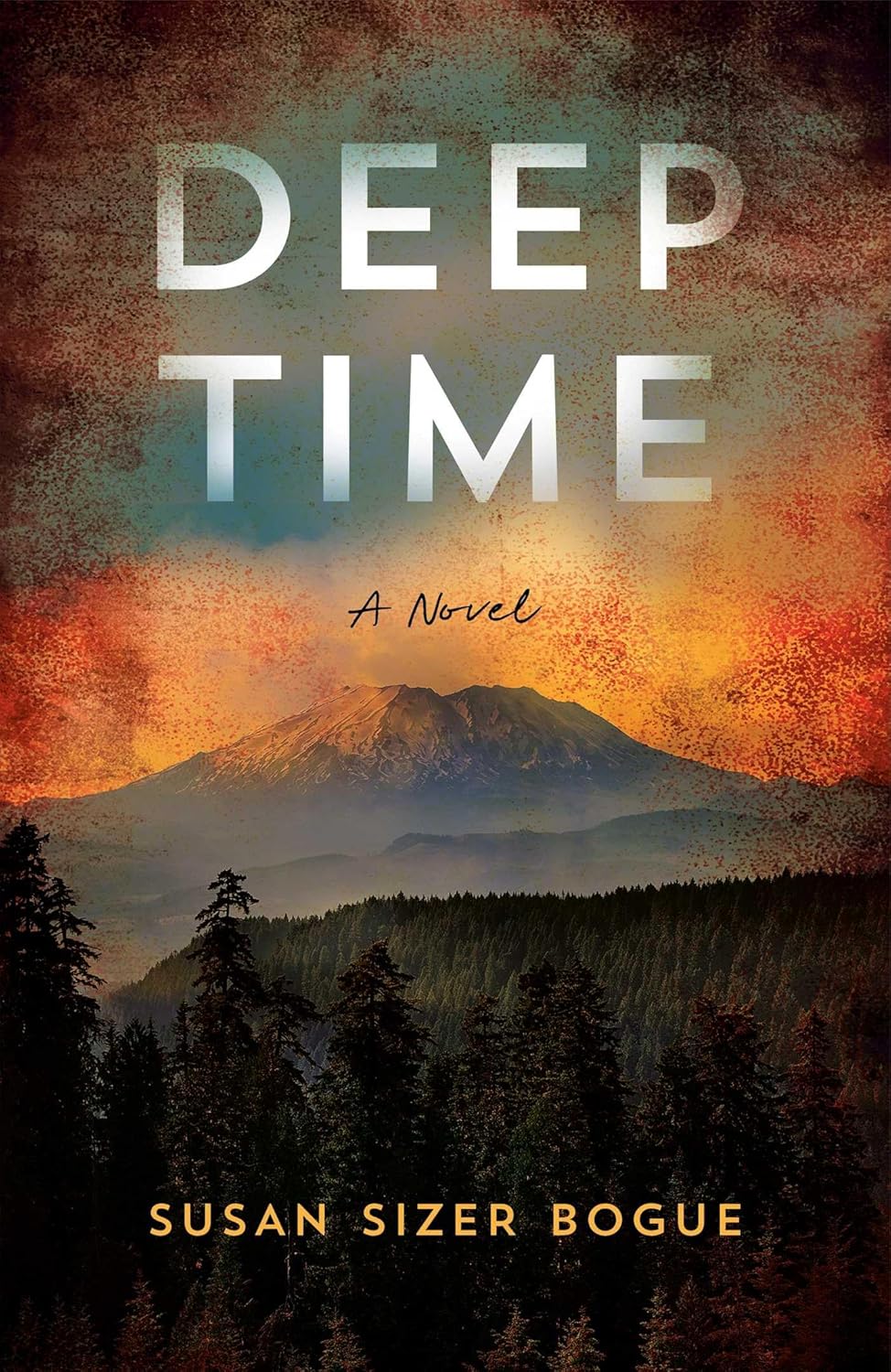





Thank you for publishing this article Barbara!